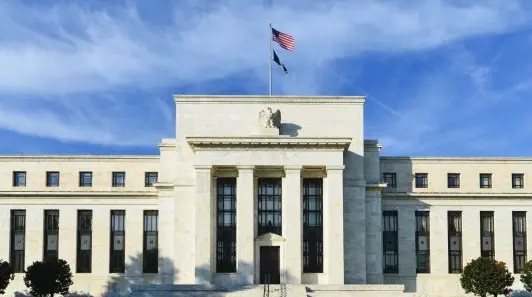Second-quarter GDP blows expectations out of the water on surge from external demand
Taiwan's second-quarter GDP growth surged to 7.96% year-on-year, up from 5.5% YoY in the first quarter and reaching the highest level since the second quarter of 2021. The quarter-on-quarter growth of 3.1% was also the fastest growth of any quarter since the third quarter of 2020, good for a seasonally adjusted annualised rate of 12.9%. Both the recent highs for YoY and QoQ growth were heavily skewed by base effects from the pandemic, while no obvious boost from base effects impacted this year's second-quarter reading.
Through the first half of the year, Taiwan's GDP has grown 6.7% YoY, more than double the current consensus forecast.
Given the strength of Taiwan's recent trade data, it was unsurprising to see that the primary driver of growth in the second quarter was net external demand, which contributed 5.8ppt. While we had expected the robust trade data to lead to a beat in the second quarter numbers, the magnitude was significantly higher than expected. The outperformance can be attributed to the generally strong demand for AI-related products, but also likely to another wave of front-loading of exports to the US ahead of the 1 August tariff deadline.
The contribution from domestic demand, on the other hand, slowed, with a contribution of 2.2ppt compared to 4.7ppt in the first quarter of the year. The soft consumption data was reflected in a meagre 0.3ppt contribution from private final consumption, but the 1.6ppt contribution from gross capital formation remained relatively solid.

Upgrading Taiwan's 2025 outlook on strong first half and prospect of a trade deal
Overall, Taiwan's economy has fared far better than many market participants had expected at the start of the year. The heavy demand driven by the AI boom, combined with the fear of incoming tariffs, led to blistering export growth year to date.
A 51.3% YoY growth of exports to the US in the first half of the year, punctuated by a whopping 90.9% YoY growth in June, proved to be a major driver of overall export growth. While Taiwan's export growth to other regions has been impressive as well, much of the growth can be attributed to the surge in US demand this year.
As such, this backdrop means that the imminent US tariff decision could play a significant role in Taiwan's outlook moving forward. Securing carve-outs for tech exports and/or a lower overall tariff rate in line with Japan and Korea would be favourable outcomes, while a higher tariff could prove particularly damaging for the growth outlook. Given the strategic importance of Taiwan's exports, as well as the previously announced major investments into the US, our baseline scenario is closer to the former. As of the time of writing, markets have been speculating on still-unconfirmed reports that Taiwan will ultimately receive 15% tariffs in exchange for heavy investment into the US.
Even in a more positive tariff outcome where Taiwan's exports are not disadvantaged compared to its key competitors, a drop-off from export front-loading could lead to a smaller contribution from net external demand in the second half of the year. While growth is still likely to far outpace expectations from a few months back, maintaining the torrid growth of the second quarter will be challenging.
Nonetheless, with data continuing to surprise on the upside, it's worth reconsidering the 2025 outlook. At the start of the month, our 2025 Taiwan GDP forecast was already near the top end of the market consensus. A wave of upward forecast revisions for Taiwan's outlook has occurred as data repeatedly beat forecasts – but the risks to GDP forecasts still look heavily skewed to the upside after the second quarter's GDP surprise and the recent cooling of inflation, especially if a deal is secured to keep tariffs on Taiwanese exports to the US the same as its key competitors. As a result, we are making a more aggressive upgrade to our full-year forecast, raising it from 3.7% YoY to 5.8% YoY.
A cooling of inflation and strengthening of the Taiwanese dollar have created conditions that would allow for a potential rate cut, but with growth wildly beating expectations year-to-date, this has certainly not been necessary yet and looks increasingly unlikely barring an unexpected deterioration of the outlook. We push back our rate cut expectations and now expect the Central Bank of the Republic of China to stand pat in 2025.


























































































